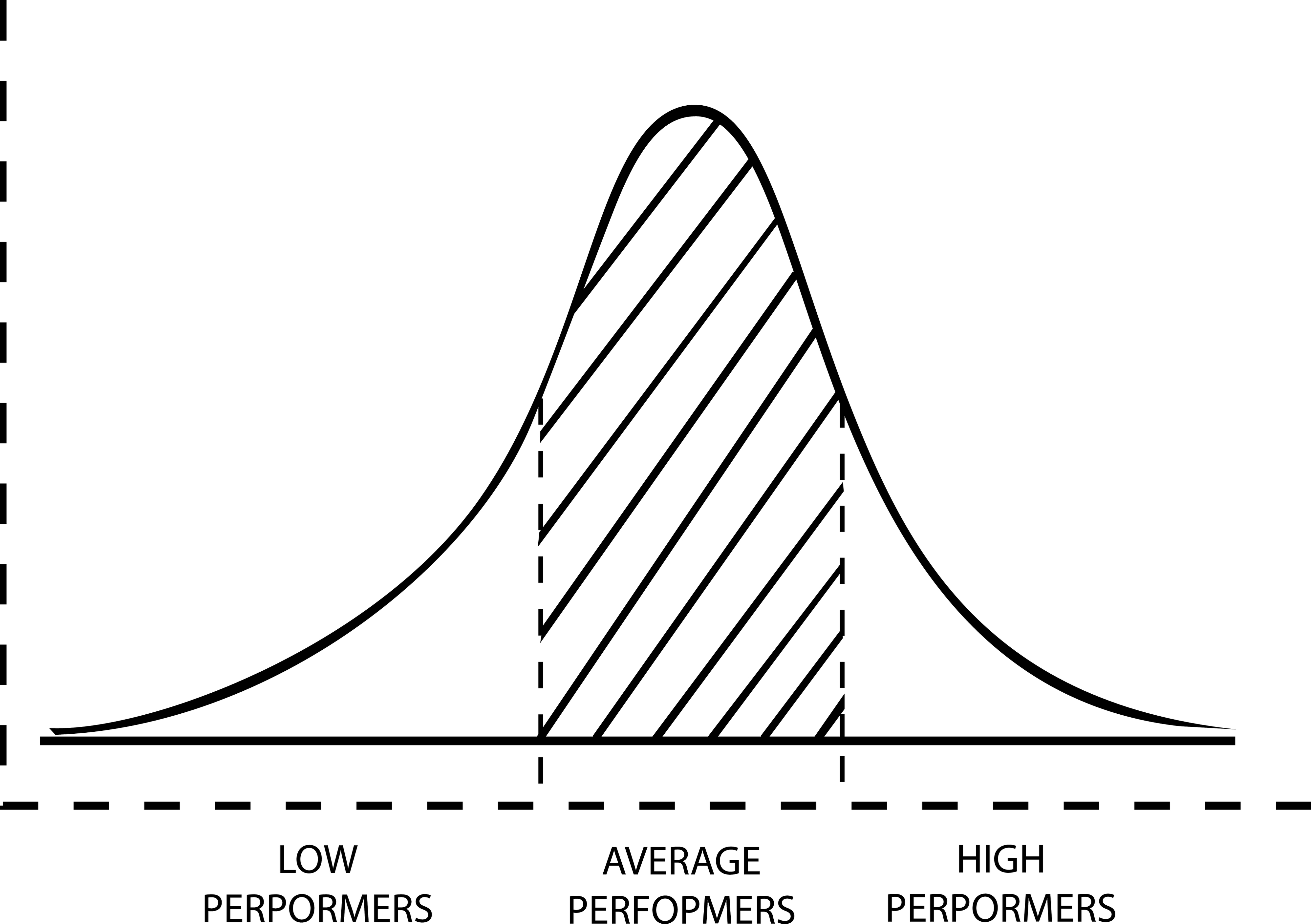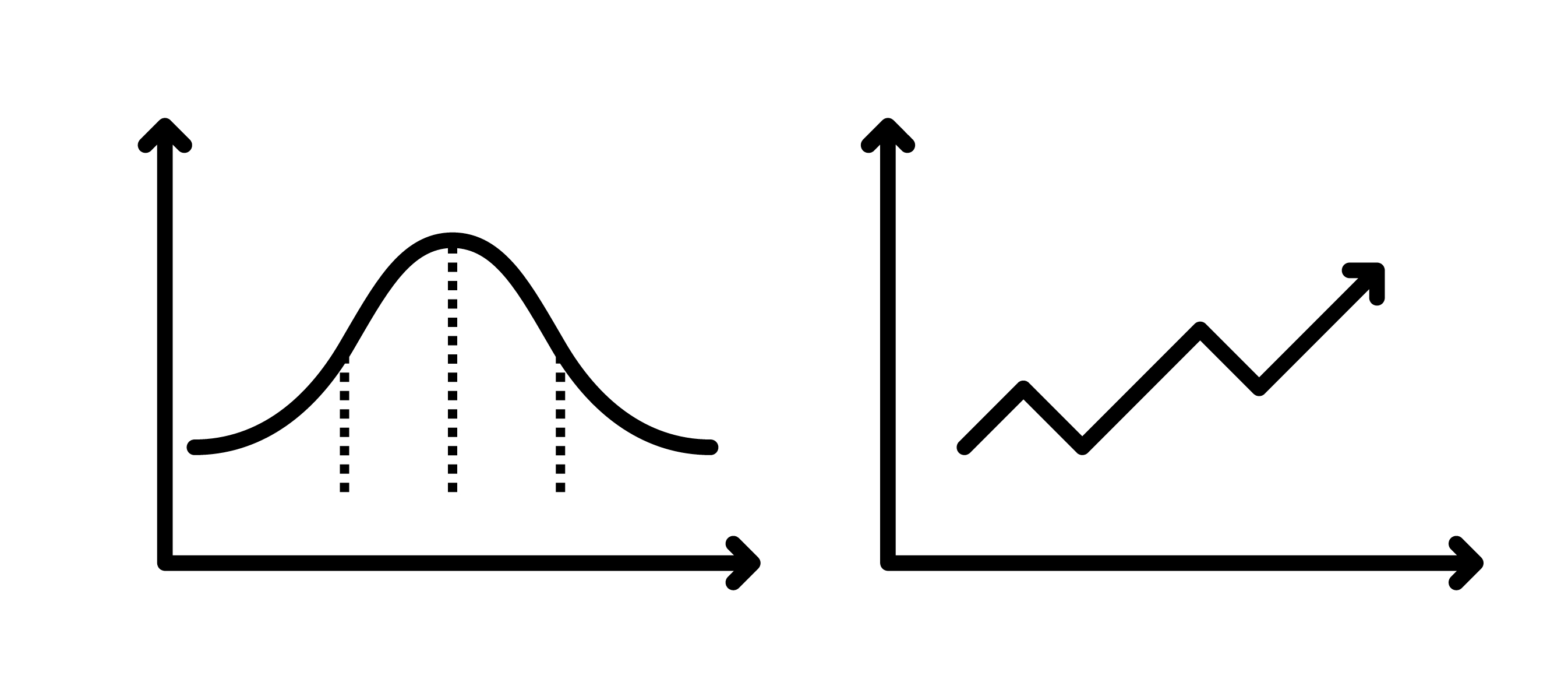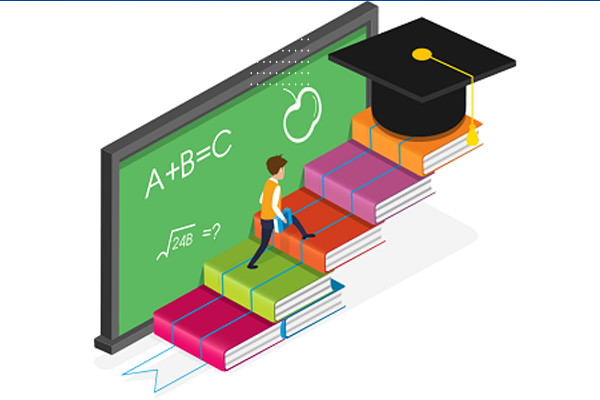When we think of traditional education spaces, we picture a classroom filled with children, all around the same age, sitting and raising their hands while a teacher lectures at the front of the classroom. While this method of teaching and learning is ideal for some circumstances, it is by no means the best or only way that students can master the concepts they need to learn to be ready for college. To personalize the learning experience for students who all learn different subjects at their own pace, districts, schools, and online learning programs have gradually begun embracing a competency-based approach to education.
So what is competency-based education (CBE)? CBE is a flexible, learning-based approach to education that allows students to advance their skills upon demonstrated mastery of competencies regardless of time or environment. This means that students can master some areas faster than others and spend more time on the most challenging areas. For example, if a child struggles with mathematical concepts more than reading, s/he can quickly accelerate in English Language Arts and spend more time mastering multiplication and division. This personalized and adaptive approach to learning is gaining momentum both inside and outside the classroom, primarily due to innovations in educational technology.
Limitations of the Traditional Classroom

Traditional education spaces often cater toward the “average” learner, grouping students together based on age rather than demonstrated competencies. This essentially means that students who fall at the ends of the bell curve get left behind, either getting pulled out of the classroom for specific interventions or not reaching their full potential due to inadequate attention. This becomes more complicated as teachers learn through assessment that all of their students have different needs based on mastery of different subject areas, English language knowledge, educational support outside of the classroom, and various levels of background knowledge about the world. The truth is that all learners have diverse needs, and there is no such thing as the “average” learner.
Innovations in Competency-Based Learning







Leave A Comment